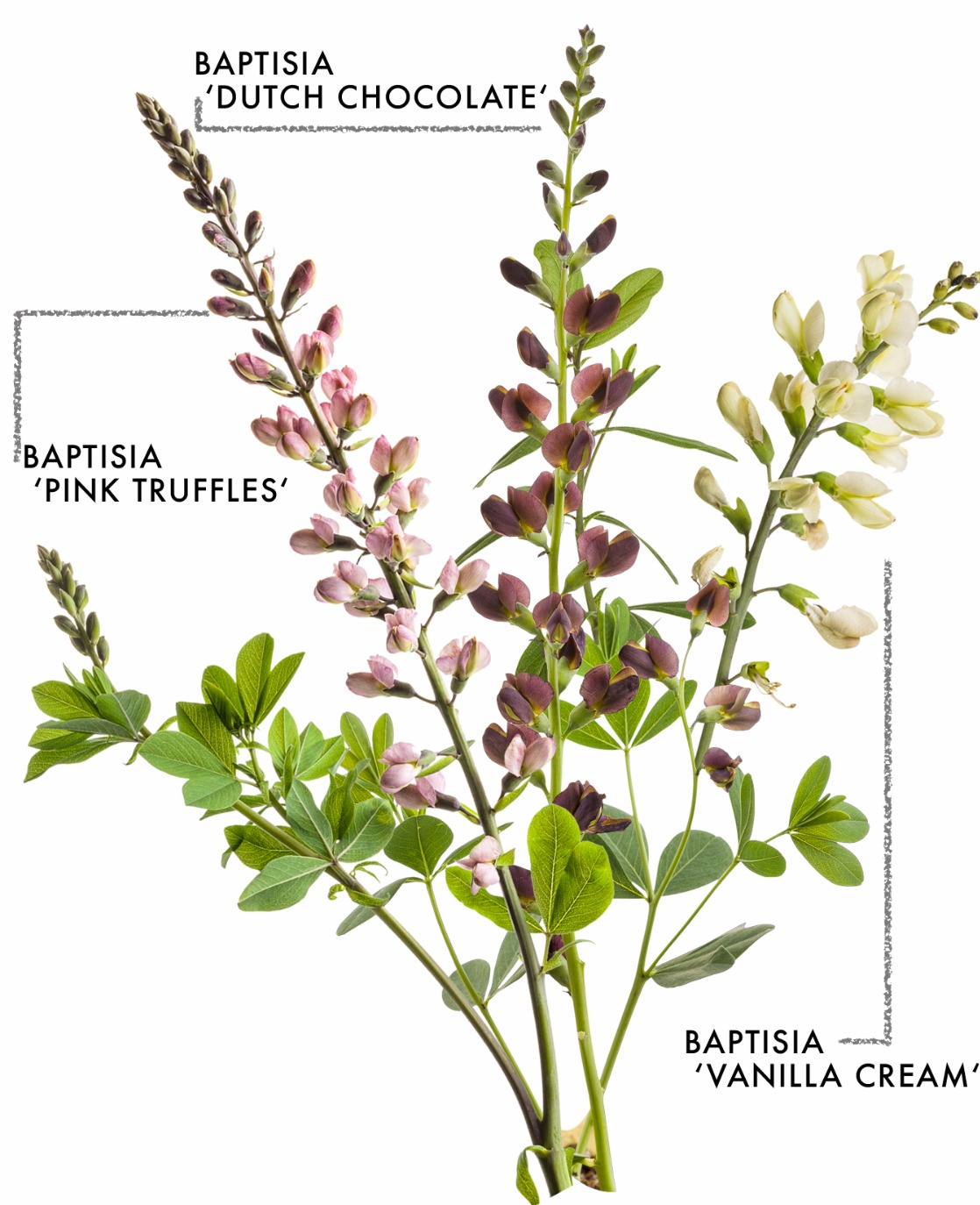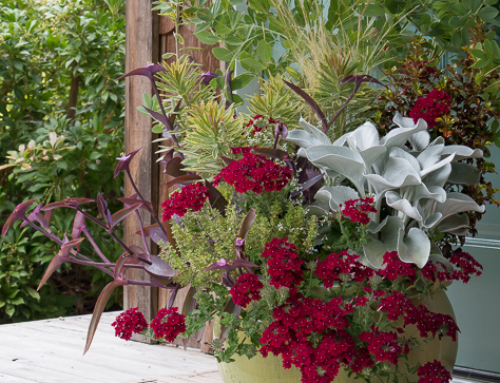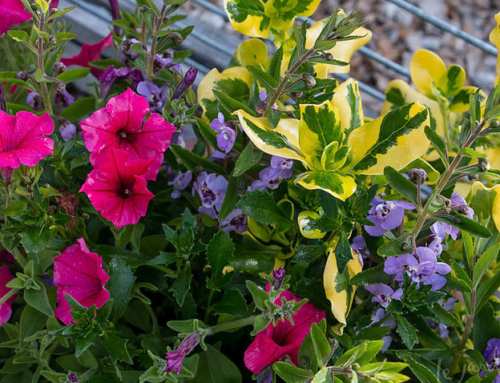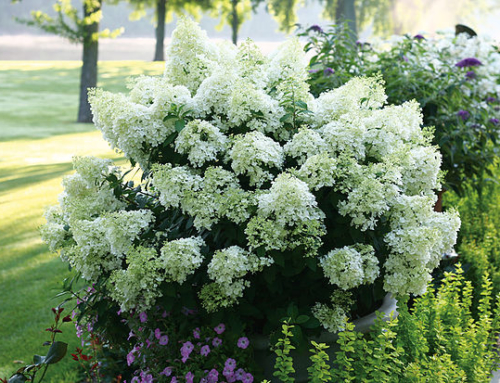Years ago, when the Perennial Plant Association named Baptisia australis their plant of the year for 2010, I promptly bought five and planted them in my garden. They were new-to-me at the time and they were lauded for being low maintenance and long lived. Perfect.
Then, the next spring, I accidentally weeded out every single one of them.
It is hard to recover from gardening disasters like that. I didn’t even realize my mistake until months later when I wondered where my ‘new’ plants were.
The sting of lost money, the holes that should have been filled. And I really wanted that blue color. Ouch. I am still cursing myself. But this isn’t a sport for the weak spirited. After six long baptisia-free years, I’ve licked my wounds enough, and I am finally ready to try again.
I’m particularly inspired by the newer colors. While I still want that blue, I am more seduced by the wine color of Baptisia ‘Dutch Chocolate’, the soft pink of Baptisia ‘Pink Truffles’ and the dark buds of Baptisia ‘Vanilla Cream’ that open to creamy white flowers.
Maybe it is a blessing. Had those original plants lived, they would be huge by now. And I’m sure I wouldn’t remove them to make space for something fresher and more exciting. This is how you have to think in this gardening game, every failure happens for a reason; always look at the bright-side.

As a complete aside – I am always intrigued by plants that are ‘false’ something else. Baptisia is ‘false’ indigo. When I compare the plants, they look so similar that I wonder what makes them horticulturally different (I don’t claim to know). Native Americans and settlers used Blue false indigo (Baptisia australis) and yellow wild indigo (Baptisia tinctoria) to produce a blue dye before the introduction of the better quality true indigo (Indigofera tinctoria). True indigo has fascinated me for a while. Have you read the book Someone Knows My Name by Lawrence Hill? It is a great read, but there is one detail that sticks in my mind years later. Plantation slaves who processed indigo around Charleston, SC, had to collect and use their own stale urine to extract the dye. Lawrence Hill describes the process in the novel and it isn’t pretty. After reading it, I had to fact check and learn more. Of course, truth is sometimes worse than fictions – you can’t make this stuff up. This was part of the brutal, horrible, disgusting, smelly process. I haven’t researched what goes in to modern processing of indigo… but I hope and assume it doesn’t involve human pee.
About Baptisia:
Baptisia is prized for being rugged, and beautiful. It has spires of blooms that look a little like lupine with stacked up sweet pea flowers. Bees love it and its 3-4 ft nature stature is really eye-catching.
Design Ideas:
•Plant along side another plant that turns bright colors in the fall. The orange and yellow fall colors of dwarf fothergilla (fothergilla gardenii) and the black of blue false indigo (Baptisia australis) is dramatic. The black Baptisia foliage would be a striking partner to anything that goes red, orange or yellow.
•Tony Avent of Plant Delight Nursery recommends planting them to highlight their shape.”I like to use Baptisia as specimen plants where their structural form can be appreciated. To do this, they should be planted among ground covers that highlight their best attributes. Some of my favorites subservient plants for Baptisia include Artemisia ‘Powis Castle’, Veronica ‘Sunshine’, V. ‘Aztec Gold’, or V. ‘Georgia Blue’. I like to play yellow against blue, so choose your color of groundcover according to your choice of Baptisia. Baptisia makes a good partner to early spring bulbs. As the bulbs fade late in the spring, the foliage of the Baptisia will be growing in and will distract and obscure the fading foliage.

Botanical Name: Baptisia australis and Baptisia cultivars
Common Name: False Indigo, Wild Indigo
Habitat: Tolerant of poor soil and pH. Water well when establishing, but once its root system has developed, additional watering is generally not needed.
Seasonal Interest: Blooms in Spring/ summer. Foliage turns dark brown or black in the winter and the plants retain their decorative seed pods.
Height & Width: 3 – 4 feet tall and wide. Typically planted as single specimens and not in drifts.
Aspect: Full Sun, Tolerate partial shade, but can get lanky if too shaded.
Maintenance: After booming, the spikes can be trimmed off leaving sturdy attractive foliage that looks like a rounded shrub. Pruning can stimulate a new growth. They die back to the ground with the first frost but will return bigger and better in subsequent years.
Problems & Diseases: Pest and disease resistant, however voles may eat roots.
Hardiness: Usually zone 4 or 5 – 8, depending on variety.
What is your experience with Baptisia? How does it grow for you? What have you planted it with that was beautiful?
Images: Proven Winners, Distant Hill Gardens






